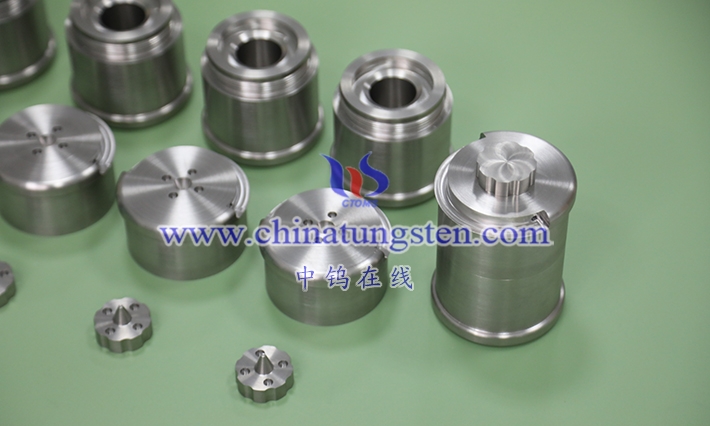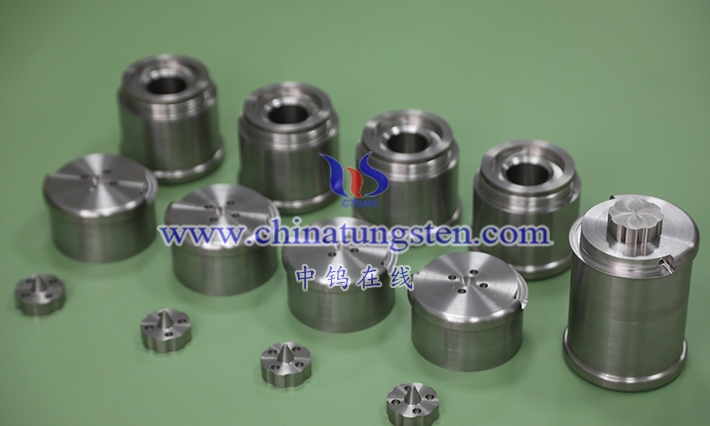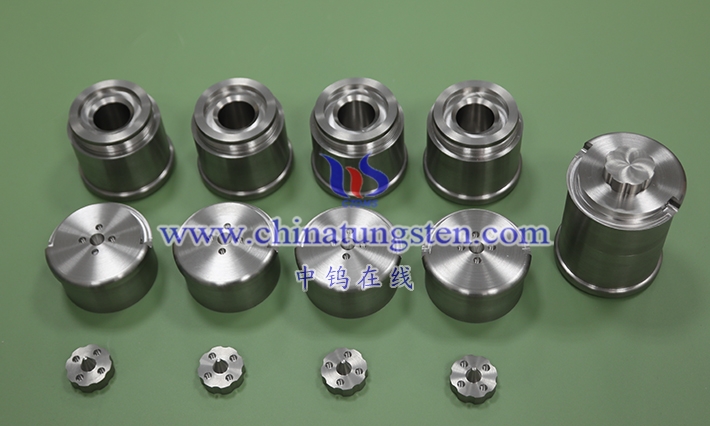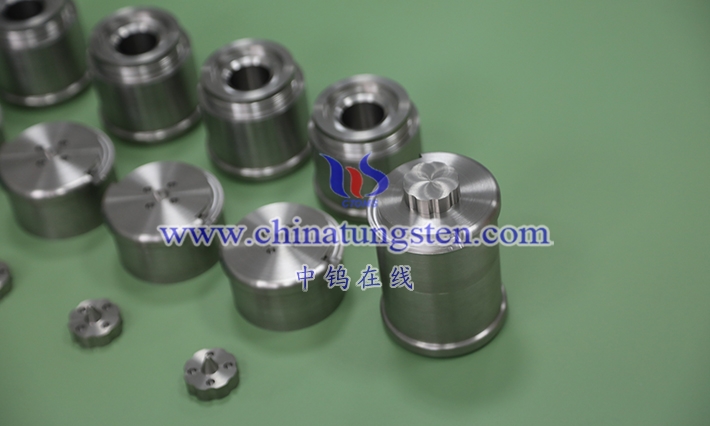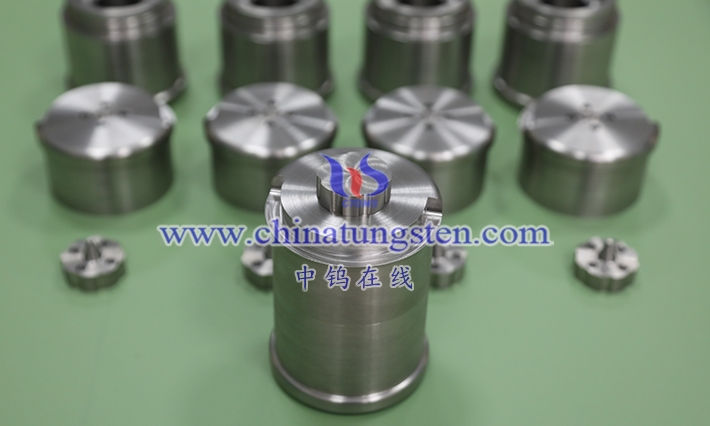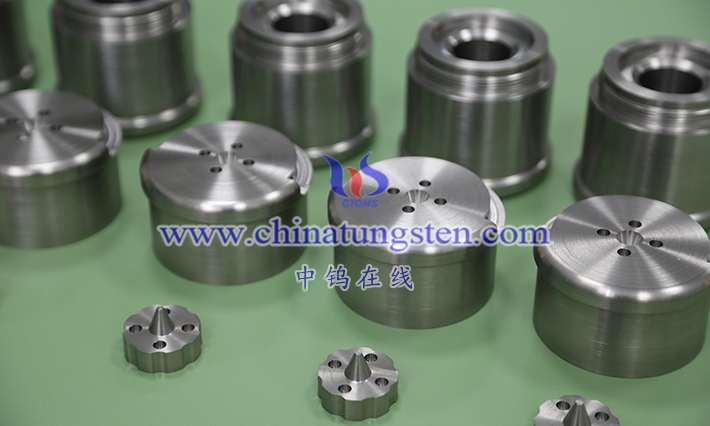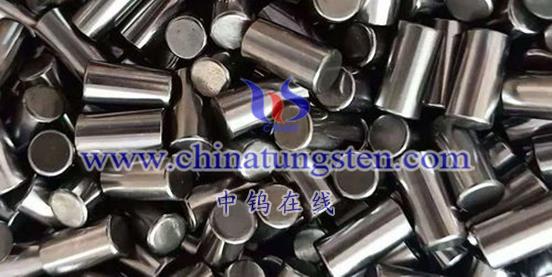
The creep and relaxation properties of high-density alloys can be evaluated experimentally. Here are some assessment methods:
- Creep test: Under constant temperature and stress, high-density alloys are loaded for a long time to measure their creep deformation. Creep testing can evaluate the durability and load-bearing capacity of high-density alloys at elevated temperatures.
- Relaxation test: Under constant temperature and stress, high-density alloys are loaded and held for a period of time, then unloaded and their deformation measured. Relaxation testing can evaluate the elastic recovery capabilities of high-density alloys at elevated temperatures.
- Creep-relaxation test: Combining creep test and relaxation test, the creep and relaxation properties of high-density alloys can be evaluated under the same conditions.
- Accelerated creep test: By increasing the test temperature or stress level, the creep process of high-density alloys is accelerated to evaluate their durability and load-bearing capacity at high temperatures.
- Microstructure analysis: By analyzing the microstructure of high-density alloys, such as grain boundary structure, phase transformation, etc., its impact on creep and relaxation properties can be evaluated.
When evaluating the creep and relaxation properties of high-density alloys, the following factors need to be considered:
- Temperature: Creep and relaxation properties are closely related to temperature. The creep and relaxation properties of high-density alloys may be different at different temperatures.
- Stress: The stress level has an important influence on the creep and relaxation properties of high-density alloys, and their properties may be different under different stress levels.
- Material composition: The composition of high-density alloys is different, and its microstructure and mechanical properties will also be different, which will affect creep and relaxation properties.
- Preparation process: The preparation process has an impact on the internal structure and grain boundary structure of high-density alloys, thereby affecting its creep and relaxation properties.
In summary, evaluating the creep and relaxation properties of high-density alloys requires comprehensive consideration of multiple factors, including temperature, stress, material composition, and preparation processes.
More details of tungsten alloy product, please visit website: http://tungsten-alloy.com/
Please contact CHINATUNGSTEN for inquiry and order of tungsten carbide:
Email: sales@chinatungsten.com
Tel.: 86 592 5129595
